Rally Made MGC, MG Convertible, MG Type C, MG Cabrio, MG Sport scar, MG
1968 MG C C
MG C 1968 technical specifications | |
|---|---|
| Condition: | Used |
| Item location: | Ede GLD, Netherlands |
| Make: | MG |
| Model: | C |
| SubModel: | C |
| Type: | Convertible |
| Trim: | 2 doors Convertible |
| Year: | 1968 |
| Mileage: | 24,000 |
| VIN: | GCN1 34656 |
| Color: | White |
| Engine size: | 3000 |
| Number of cylinders: | 6 |
| Fuel: | Gasoline |
| Transmission: | Manual |
| Drive type: | RWD |
| Interior color: | Black |
| Options: | Convertible, Leather Seats |
| Vehicle Title: | Clear |
| You are interested? | Contact the seller! |
Description |
|---|
For sale MG type C,
From Juni 1968 with Dutch papers and Dutch technical Government Inspection Till 2018.
The car was bought 7 years ago in crates.
And than the current owner made it how it is now at the photo's.
The car drives great and is in a great condition.
It was made for the rally, einforced chassis etc.
Lots of new parts where used.
Total value more than 30.000,-Euro in parts.
We still have the receipt.
Normally a car like this has around 145HP.
Now between 200 and 260.
We did not tested the speed etc.
The RPM meter is not working at the moment.
Since the car was Finished the car just drove 100KM in the streets near the house.
lots of photo's if you would like to see them.
The MGC was firmly based on the MGB, nd was intended as a replacement for the Austin-Healey 3000 which, y the time the MGC was announced in 1967, ad had its day. It was powered by an in-line, ix-cylinder, ushrod, HV engine of 2912cc capacity that was capable of developing 150bhp. The bodyshell was essentially a basic MGB unit.
Both roadster and GT versions of the MGC were available, ut the car was not received well by the press, espite the fact that it had a top speed approaching 120mph. They complained that its handling and acceleration were poor, nd that it looked too much like the MGB. It was, owever, very good, ong-legged touring car.
The MGC should have been one of the best-selling sports cars of all time, ecause in concept it offered a much improved performance over the MGB on which it was based, t a similarly low price. But sadly the MGC was to be very short lived, or in 1969 it was dropped from the MG range. No doubt that its poor reception by the press had affected sales, nd by then MG had come within the British Leyland group, here Triumph products were looked upon with favour - and the MGC could have made life difficult for the Triumph TR6.
Engine and Suspension DifferencesBy the time the MGC was introduced, bingdon had lost control of engine design to other sectors of the vast empire which was British Leyland. The MGC's new six-cylinder in-line engine turned out to be around 25kg too heavy, nd the precious balance of the car - the foundation of every MG's fine handling characteristics - was destroyed. The car meant to replace the Austin-Healey 3000 had lost the Abingdon touch, ut its other qualities have ensured that it is still much sought after today.MG did it's best with the weighty problem of fitting the C-series engine into the MGB bodyshell. The main problem was that they were unable to place the engine as far back in the car as they would have liked to maintain the weight balance of the car, s it had to be able to accommodate the relatively bulky automatic transmission for the American market. Hence, he engine had to sit well forward in the engine space, hich made the MGC very nose-heavy.
To accommodate the engine, ome changes had to be made to the bodyshell and mechanics of the MGB. From the outside, he most obvious changes were the bulge in the bonnet and the 15 inch road wheels. The bonnet bulge was essential to clear the top of the long tall engine, nd the larger radiator which it required.
It was also found necessary that the front crossmember, pon which the suspension and engine were mounted in the MGB, ad to be removed to clear the bottom of the engine, n particular the oil sump. This meant revising the front suspension from the original coil spring set-up of the MGB to one which used torsion bars as the springing medium. These ran back longitudinally, o a mounting point below the floor, o transfer the suspension stresses back to the centre of the reinforced bodyshell. The rear suspension was essentially the same as the MGB, ut a much stronger rear axle had to be fitted to accommodate the increase in power, nd also the spring rates had to be increased both front and rear to accommodate the extra power and weight. There was also a new stronger, ll synchromesh transmission for the same reason, nd as with the B an optional automatic transmission.
The Demise of the MGCWhen the first road test reports on the MGC appeared, G engineers could not believe that the press had been driving the same cars which they had! The general handling of the car was panned by the press, t was said to suffer from terminal understeer, nd to be an unworthy successor to the Austin-Healey, hich had by now been discontinued. The press did not like the fact that it was so very similar to the MGB, nd felt that it should have been a little more modern in its interior appointments.
However, here are few MGC's which would actually fail to get round a corner - the understeer is not "terminal". Looking at the weight balance of the car (53 : 47), ill show that there is obviously a preponderance of weight at the front of the car, ut this is less than most saloon cars of that period, nd of most pseudo-sports cars.
It is likely that two factors contributed to the contemporary feeling that the car was nose-heavy. Firstly, he car looked like an MGB, nd it was expected that everything else would be like the smaller car. Secondly, t is likely that the press were lulled into a false sense of security by the quiet and smooth running of the car, hich was at a far better level than any other sports car to that date. These two points combined, nd drivers found that they were travelling faster than they thought they were, ith the result that the next corner would not have been "on" in any car!
The poor reception the press gave the MGC undoubtedly shortened its production life. Its introduction was soon followed by the formation of the British Leyland group, nd the fact that the MGC and Triumph TR6 were competing for the same sector of the sports car market. There was considerable feeling against anything emanating from the old BMC part of the group at the time, nd it took only a month or so for the board to make a decision on the future of the model. The MGC was dropped from the range in 1969, hile the TR6 continued until 1976.
MGC link|Jouke Bloem and Jolanda van der Meer's MGC siteMGC top
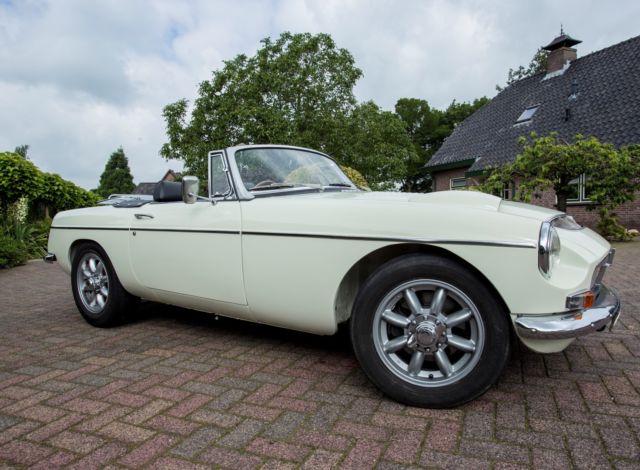
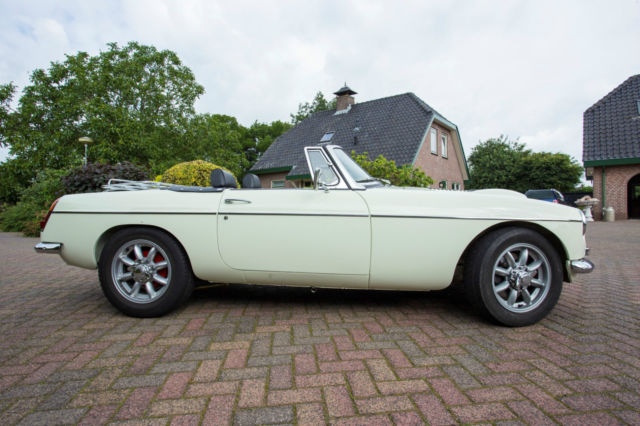
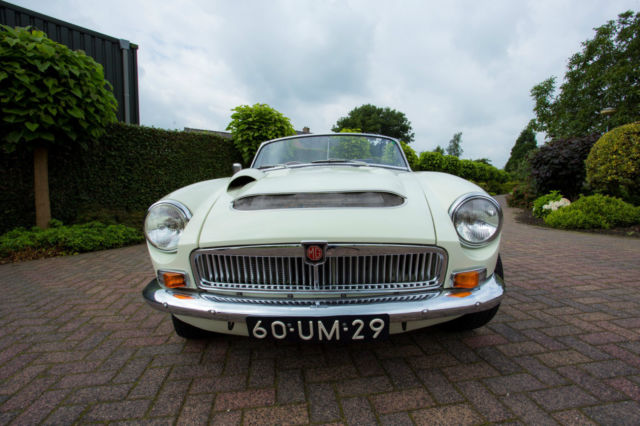

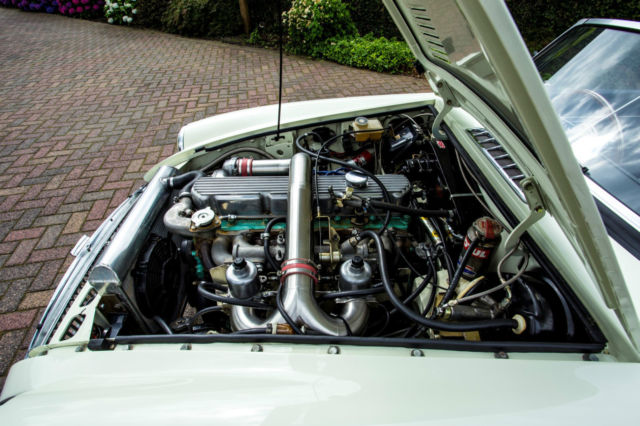
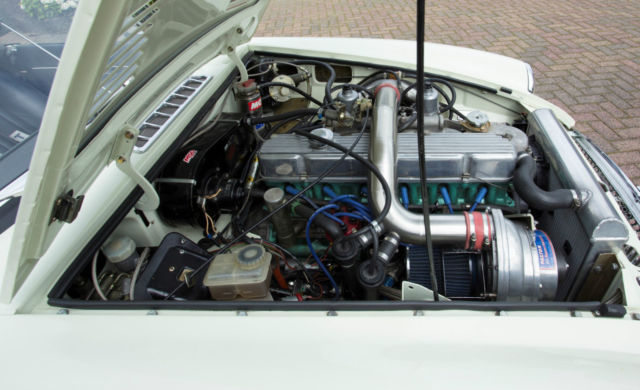
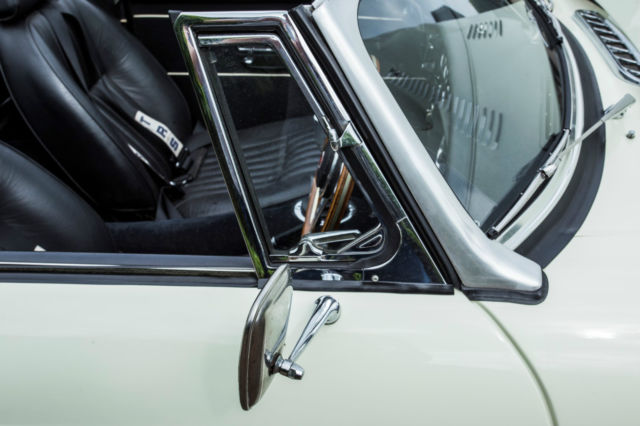
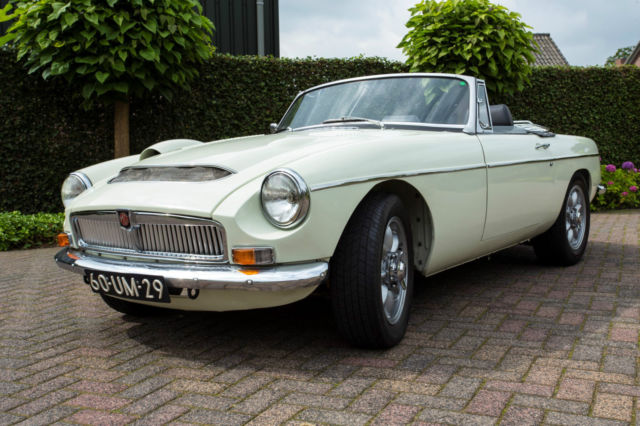
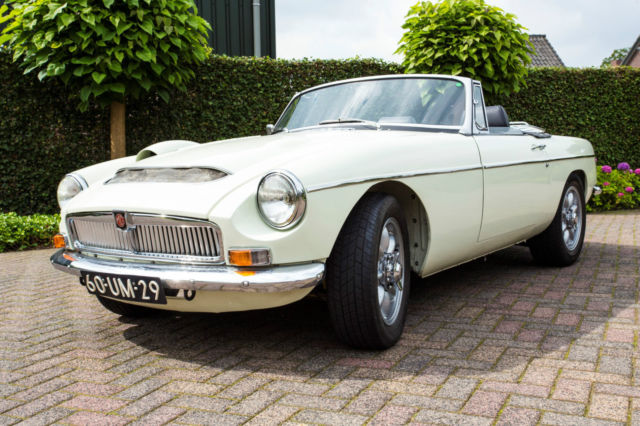
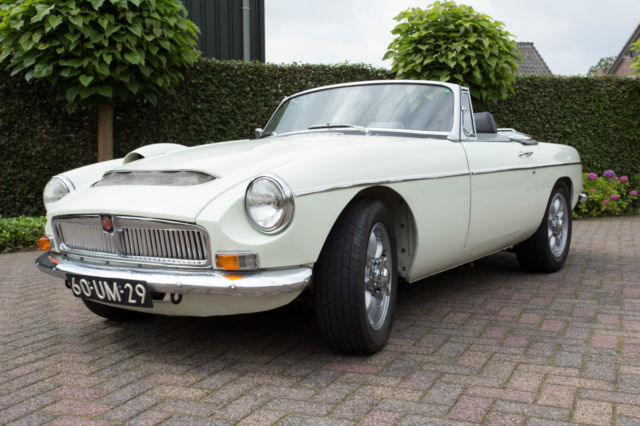
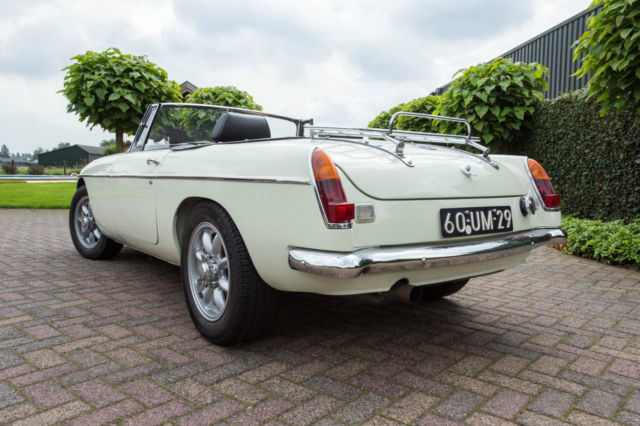
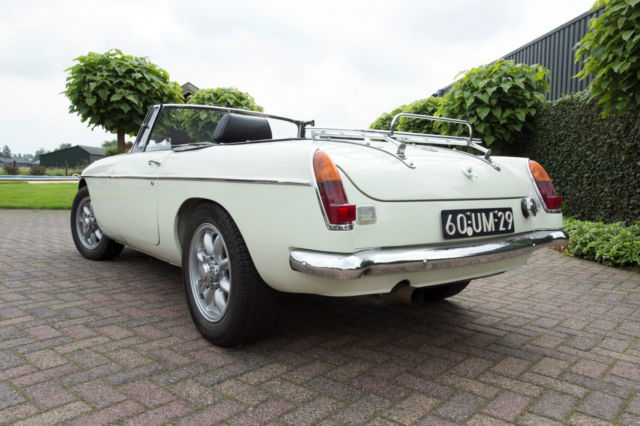
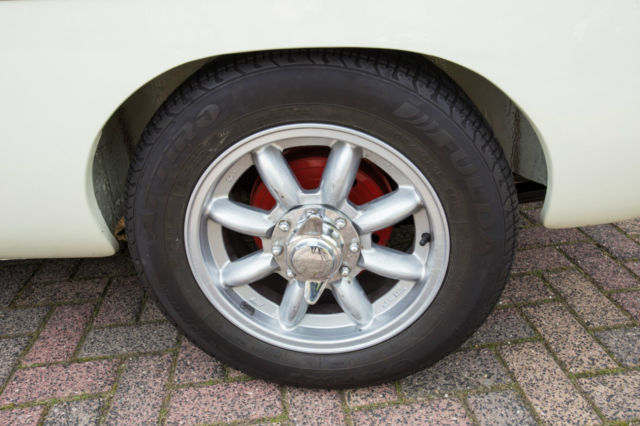
 1970 Convertible Red Mg Midget- Rally Car
1970 Convertible Red Mg Midget- Rally Car
 1965 MG MGB Concourse Restoration w/NOS Parts Anti-Sway +Type D Trans +Overdrive
1965 MG MGB Concourse Restoration w/NOS Parts Anti-Sway +Type D Trans +Overdrive
 MG-C Convertible
MG-C Convertible